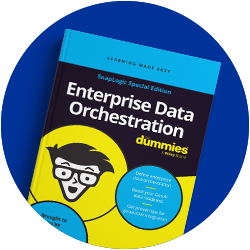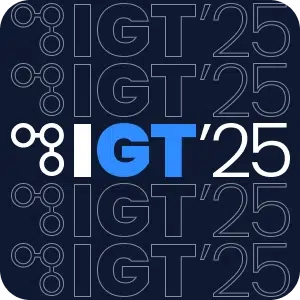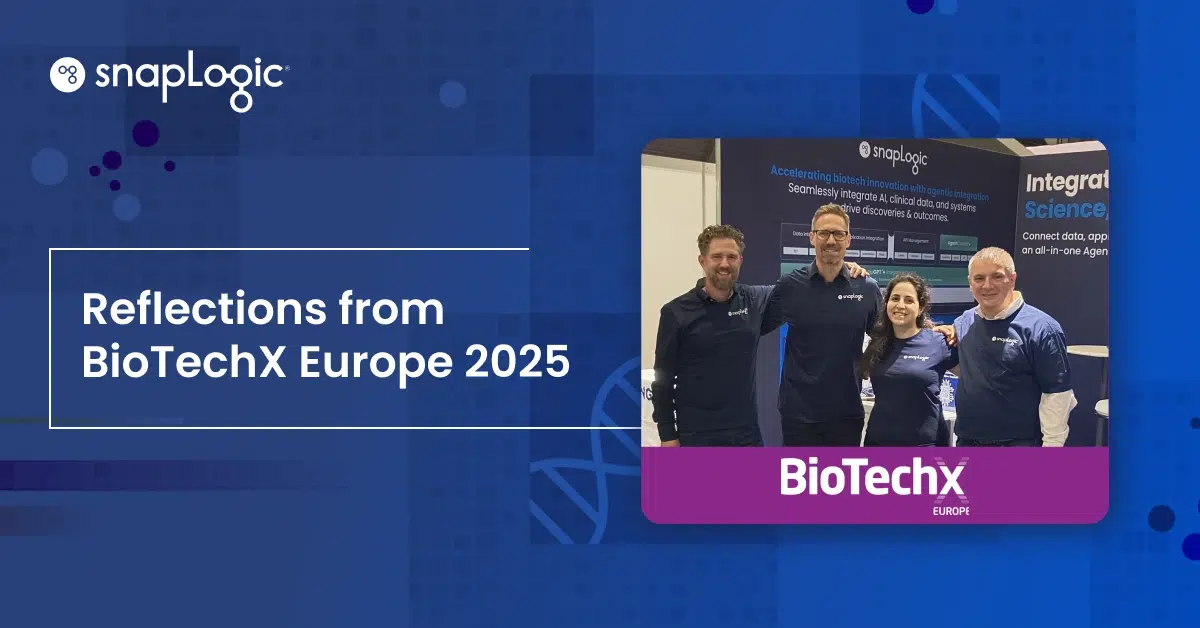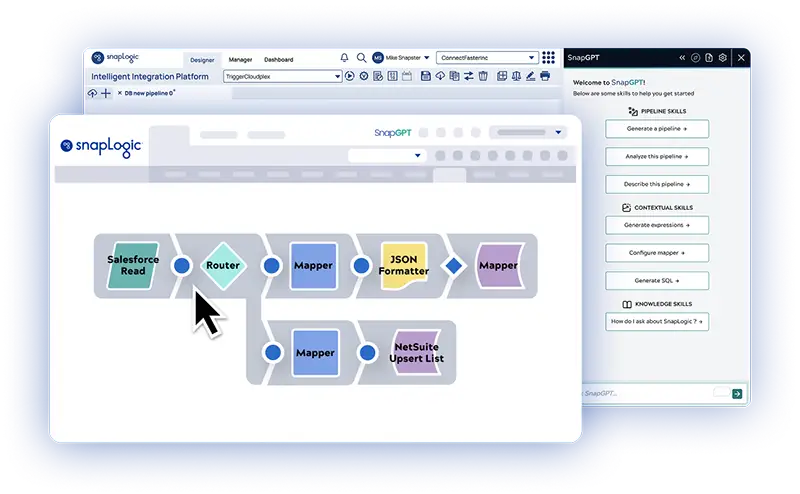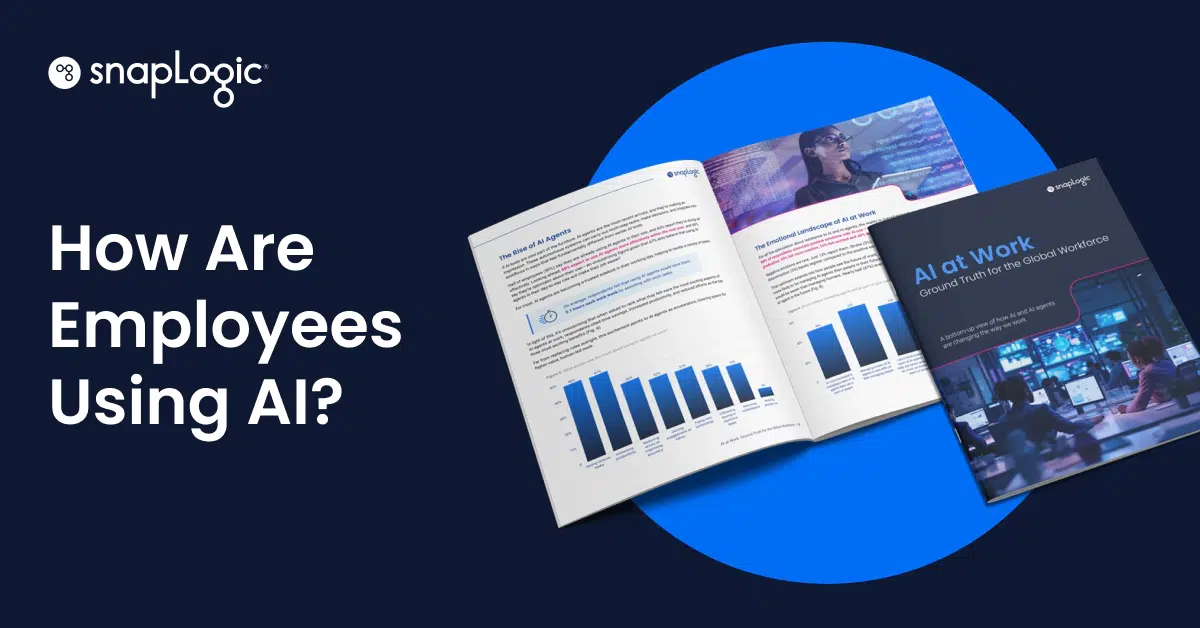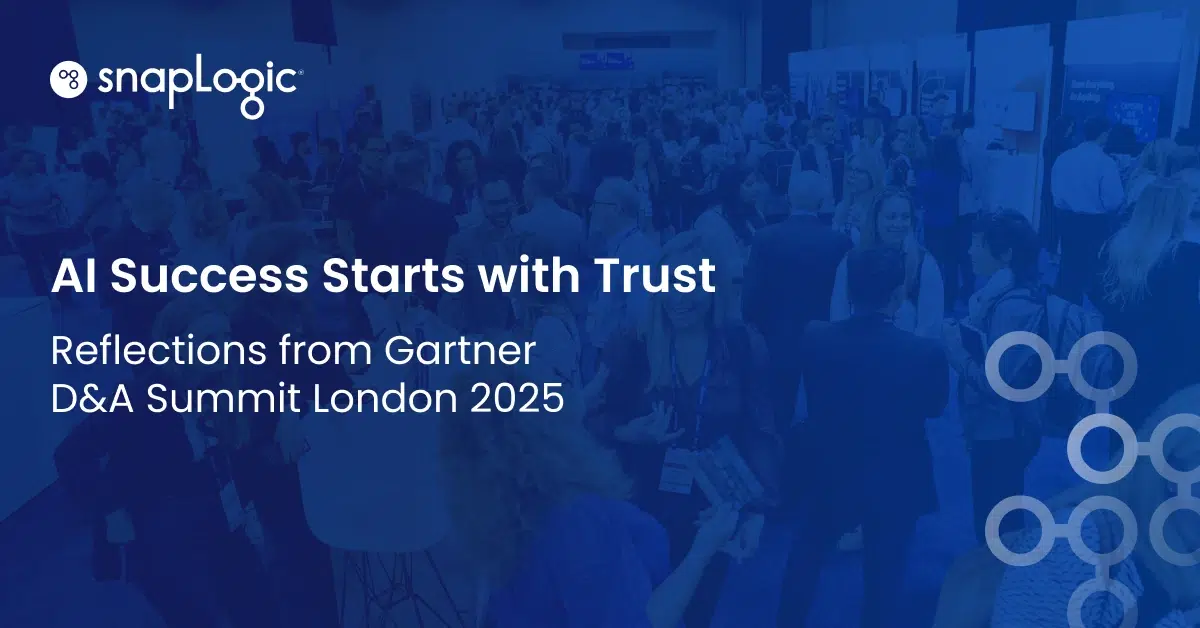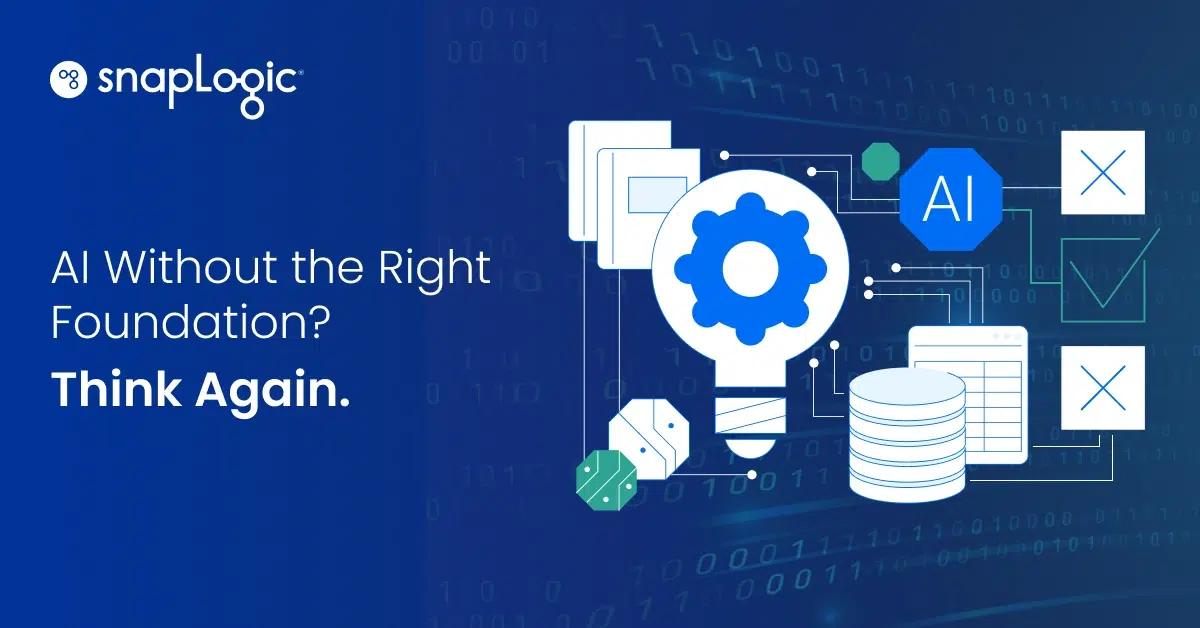Walking the exhibition floor at BioTechX Europe this year felt like stepping into a live remix of the same track: AI everywhere, all at once. It was on banners, in panel titles, and projected in neon on almost every booth we passed in the vast industrial hall. You could have played AI Booth Bingo and won before your second free espresso. And to be fair, the only thing outshining those two neon-lit letters was the booth coffee machines. Given the coffee prices in Basel, probably not a bad investment.
Beneath all of this, one saying kept creeping up for me:
“Everyone wants to DJ, but no one wants to dance.”
Okay, let me rewind for a second and explain why. It’s a phrase that captures the reluctance to do something less glamorous in favor of being on stage, dictating the rhythm. This felt oddly appropriate here. Who wants to deal with messy data when there’s the shiny two-letter equivalent everyone seems to be chasing?
AI is the star of the show, but data is still doing soundcheck. Sessions on FAIR principles, unified data catalogs, and domain modeling hinted at a shift. Companies are finally realising that AI fails not because the models aren’t smart enough, but because the data isn’t ready enough.
AI hype vs. how
Talking to attendees, the mood was split. Some were energised, fascinated by agentic AI, multimodal models, and the idea of pharmaceutical superintelligence.
Others felt a sense of mental overload: the same themes, but not enough hands-on insight to bring it all home. The divide between hype and how is where biotech now stands. We’ve mastered the playlist, but the dance steps still need work.
Across talks from Isomorphic Labs, AstraZeneca, and Bayer, a pattern emerged: AI isn’t a lab experiment anymore: it’s becoming the backbone of R&D. But infrastructure comes with responsibility. Scaling AI means scaling your data hygiene, interoperability, and governance.
The future belongs to organisations that treat data management not as a backup singer, but as the opening act.
“Labs Beyond 2030” envisioned robotics, automation, and digital twins transforming R&D.
But the punchline was clear: automation multiplies both efficiency and errors. If your data isn’t clean, your robots just get faster at being wrong.
Data: the unsung hero of AI
For all the AI glamour, the unsung heroes of BioTechX were the data architects, ontologists, and integration teams. They’re building the foundations that make all the AI headlines possible.
They’re not remixing buzzwords; they’re keeping the rhythm steady so everyone else can dance.
AI may have been the headliner at BioTechX 2025, but data was the backing band. The real innovators are out there dancing: syncing systems, curating datasets, and making the messy parts of science move in time. Because in the end, AI doesn’t replace data; it performs it.
Ready to see how SnapLogic can help your data keep pace with AI? Try a SnapLogic demo today and start turning messy data into meaningful insights.

